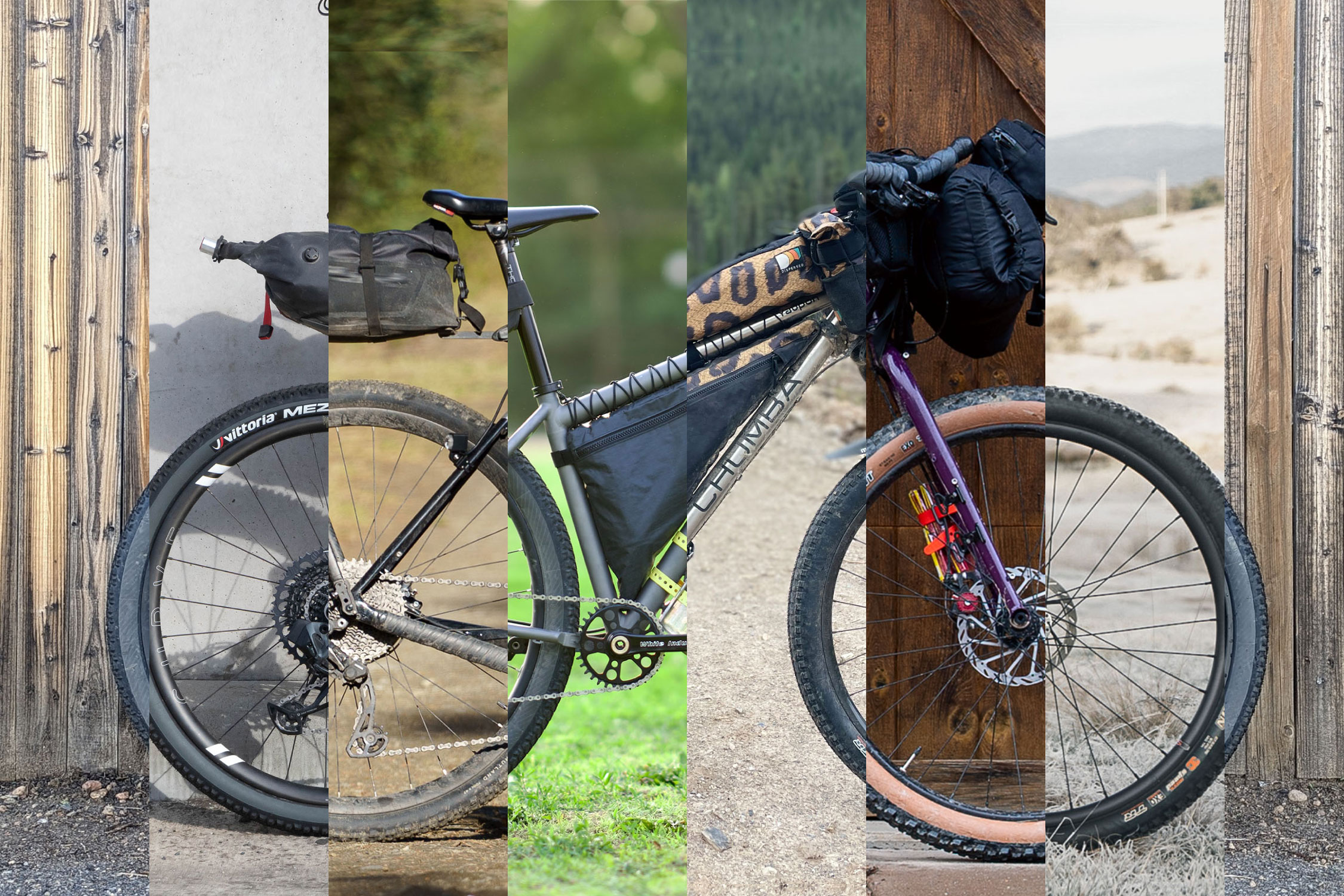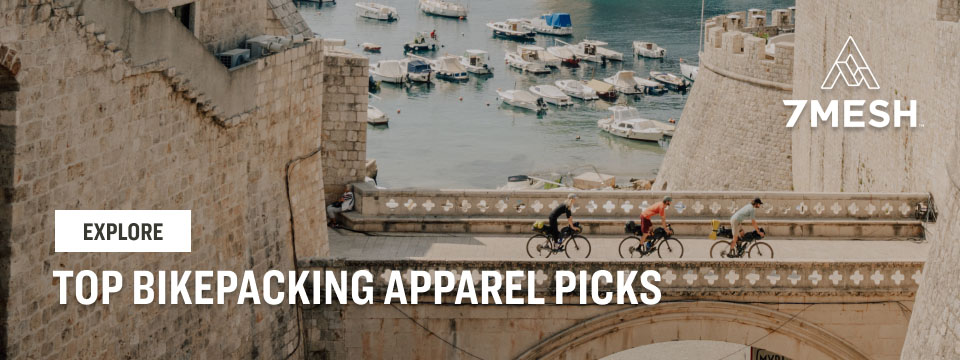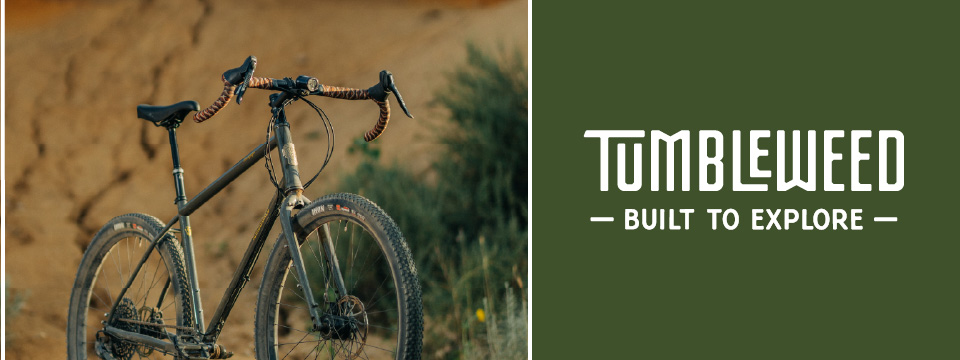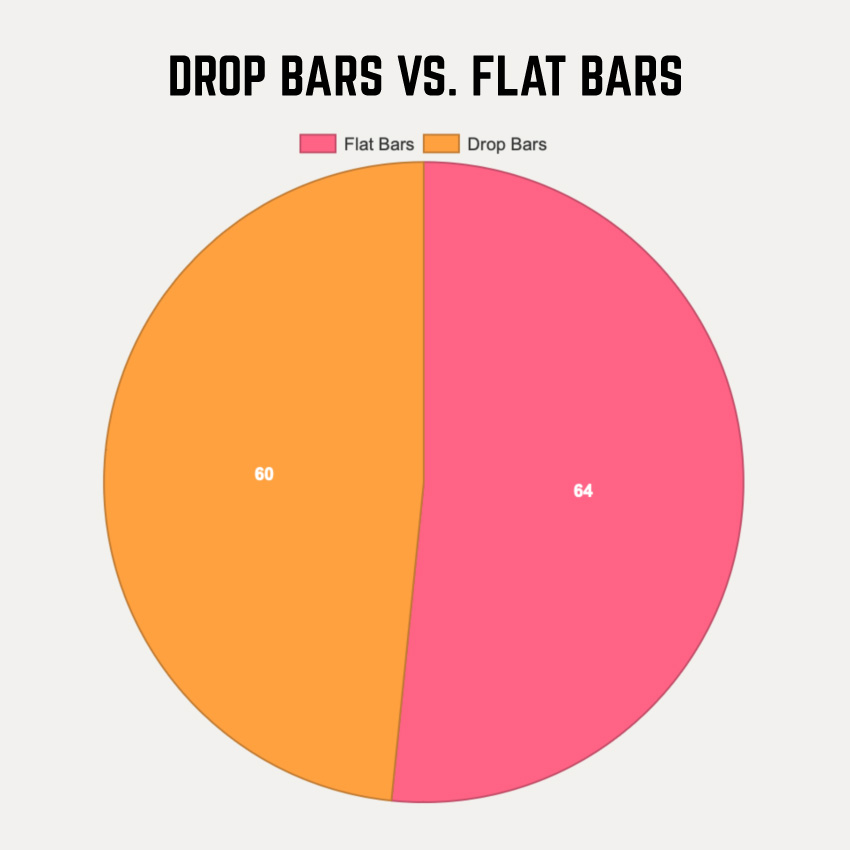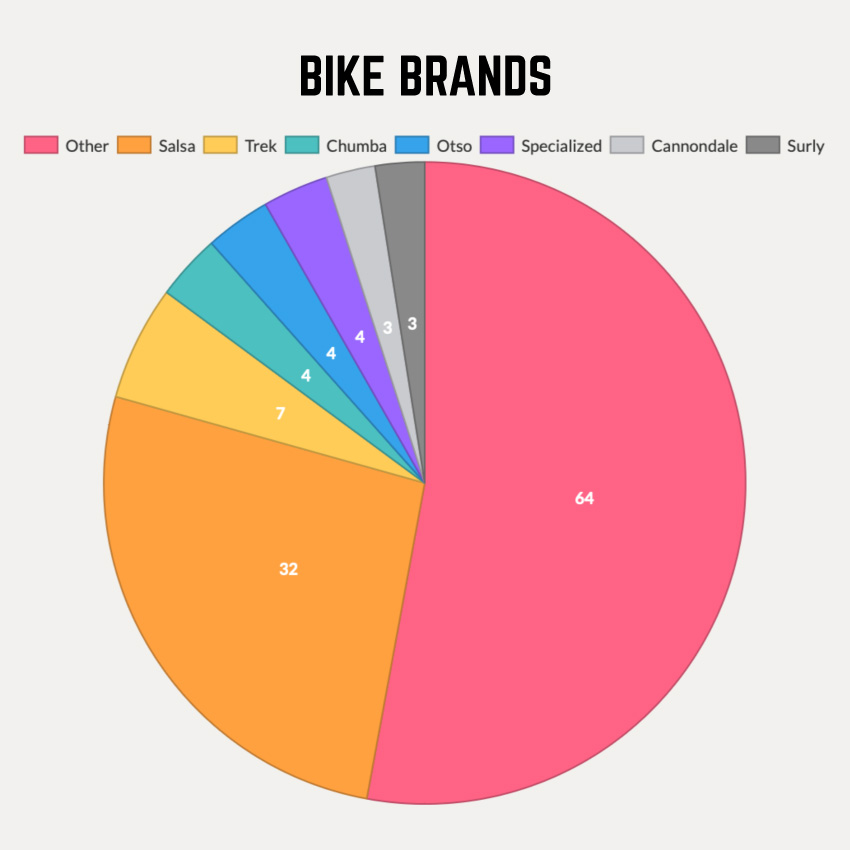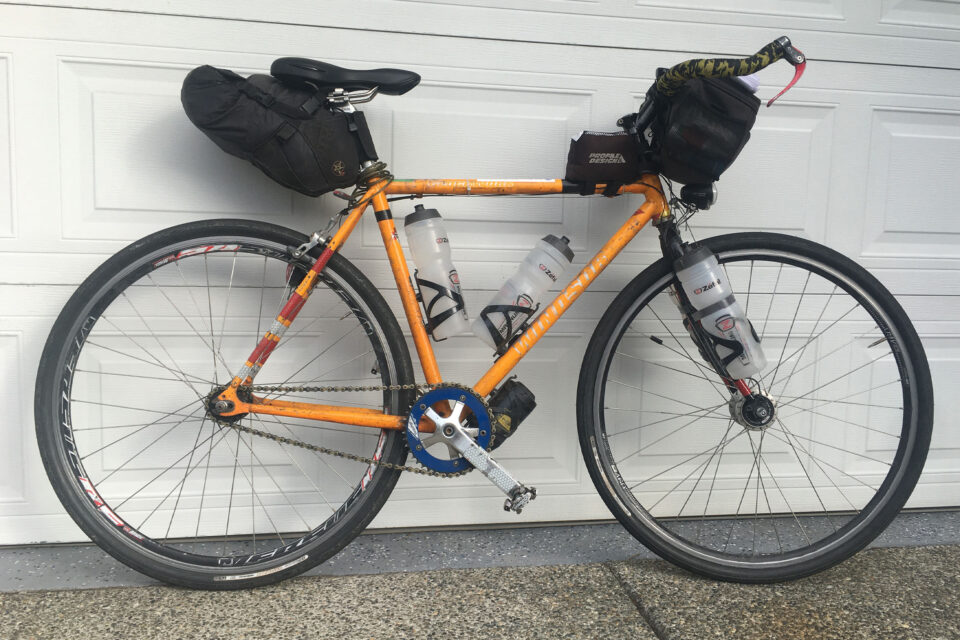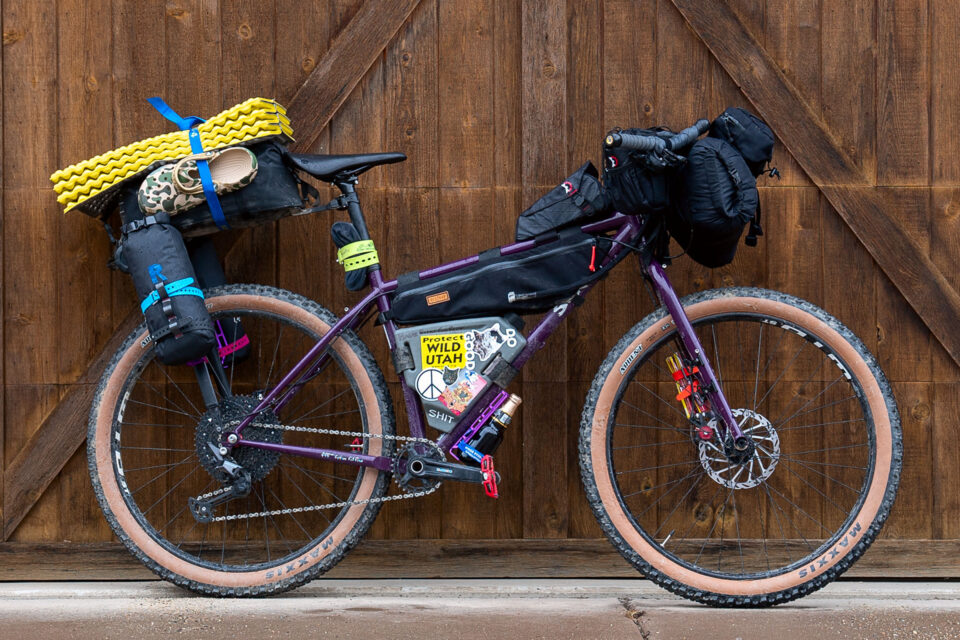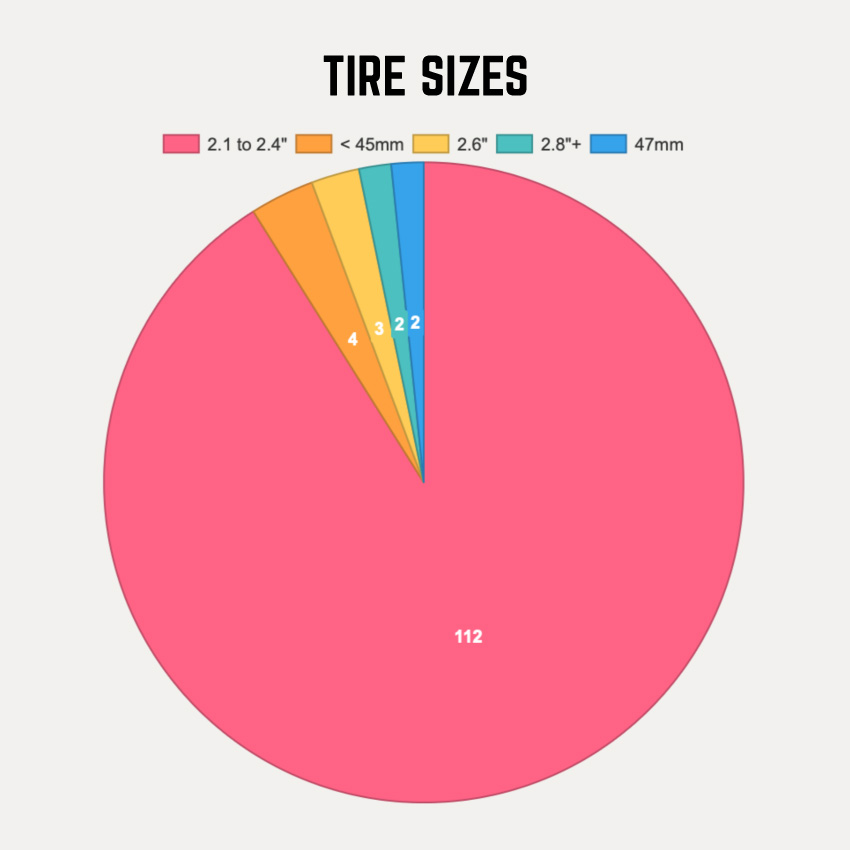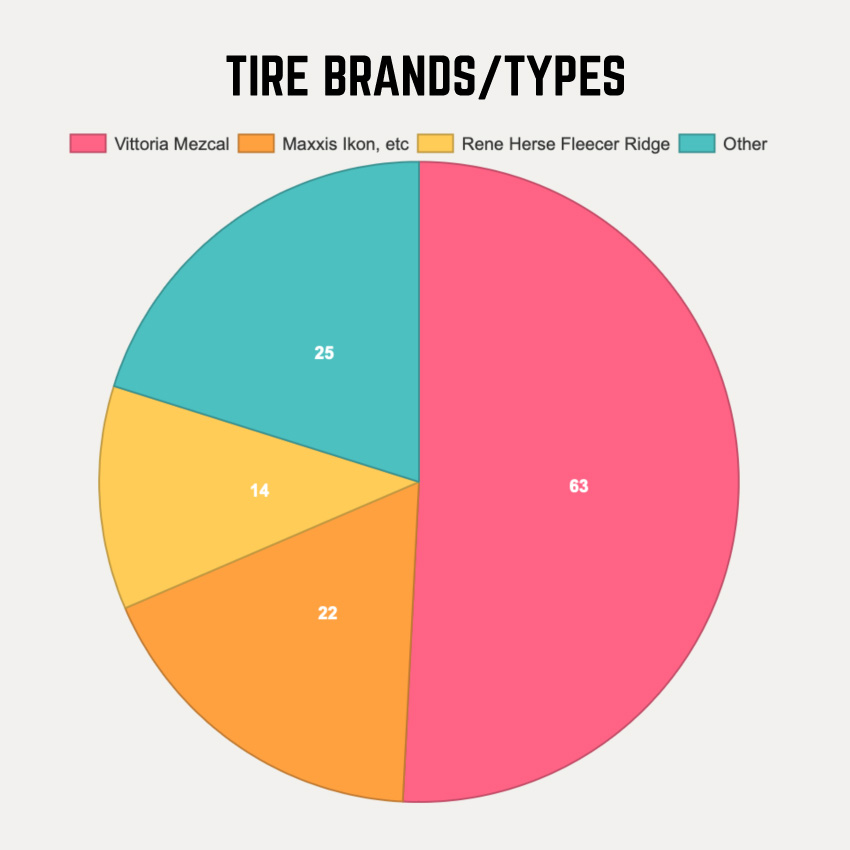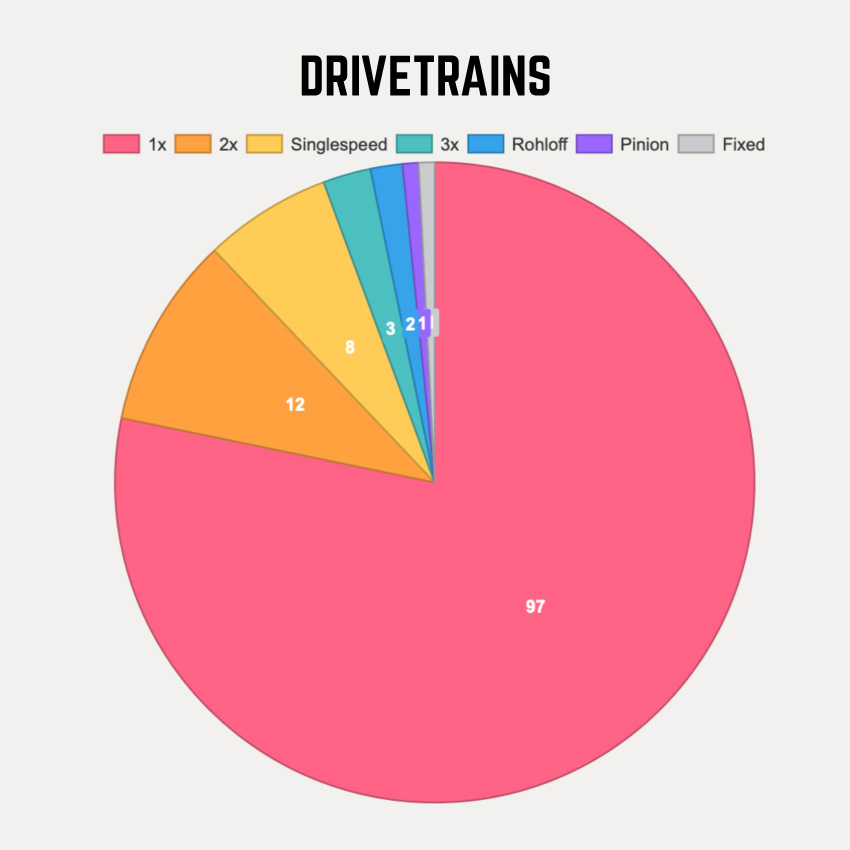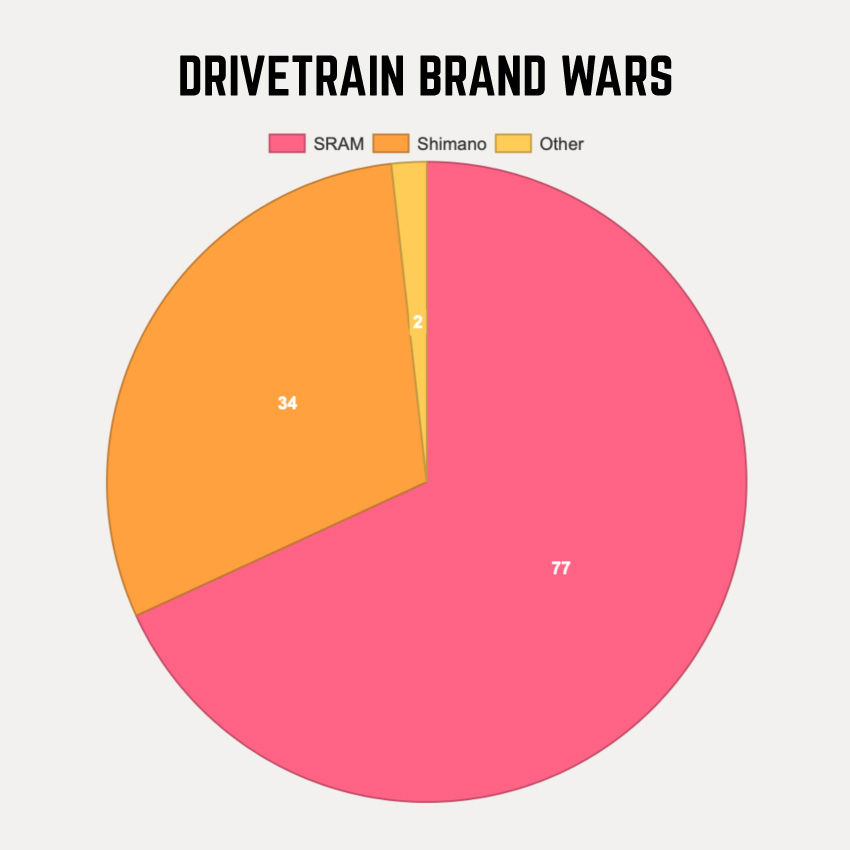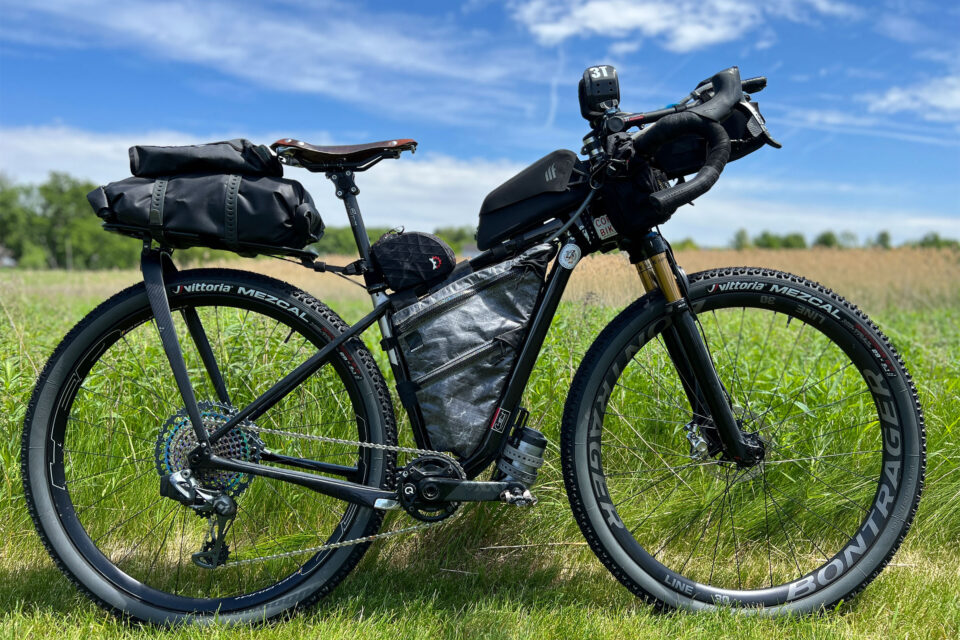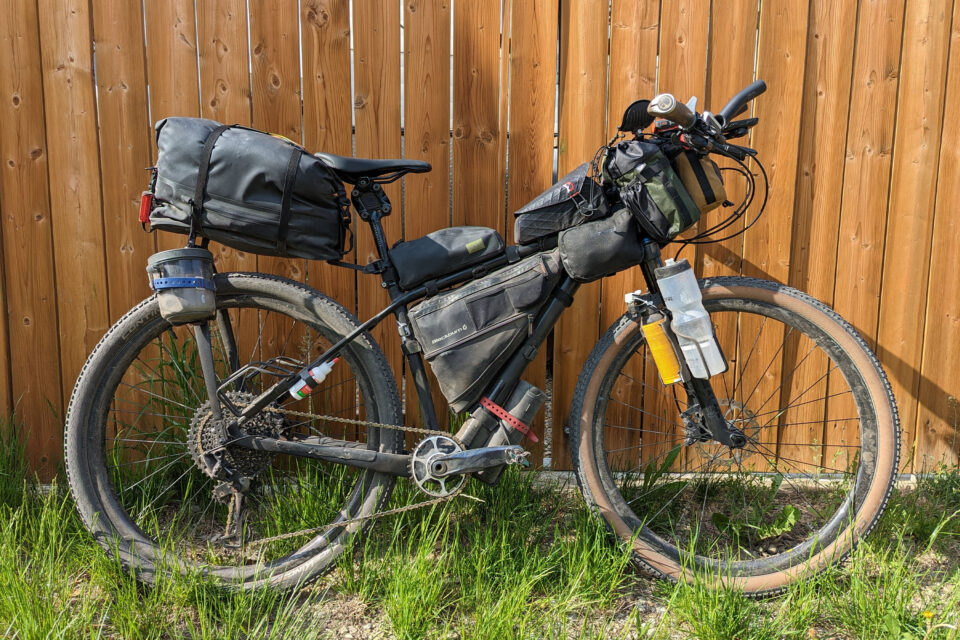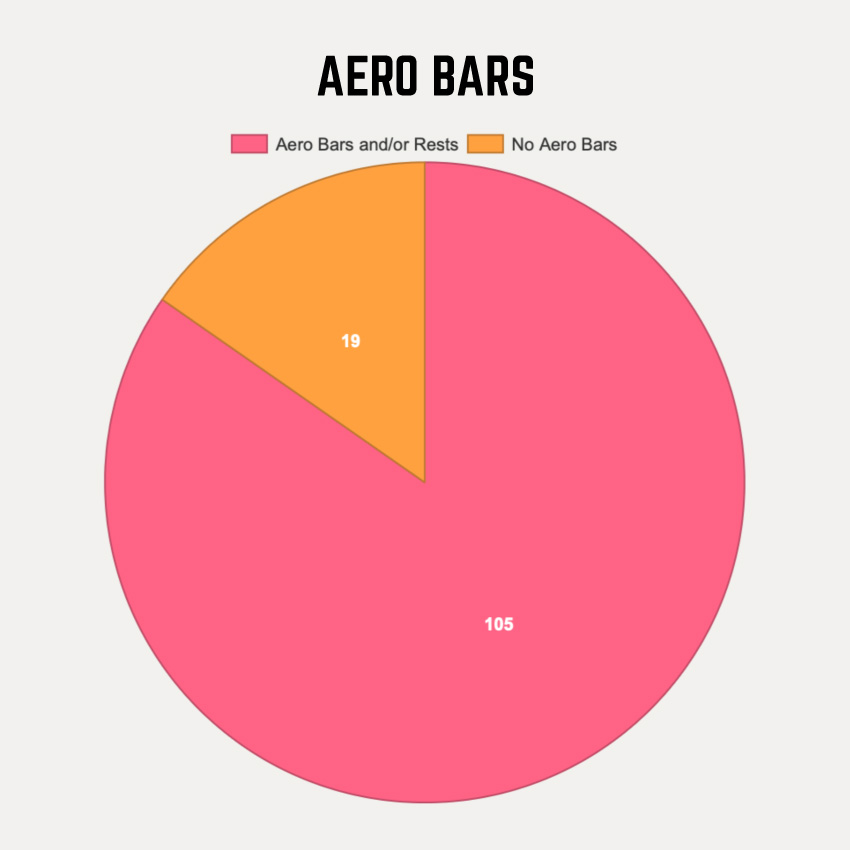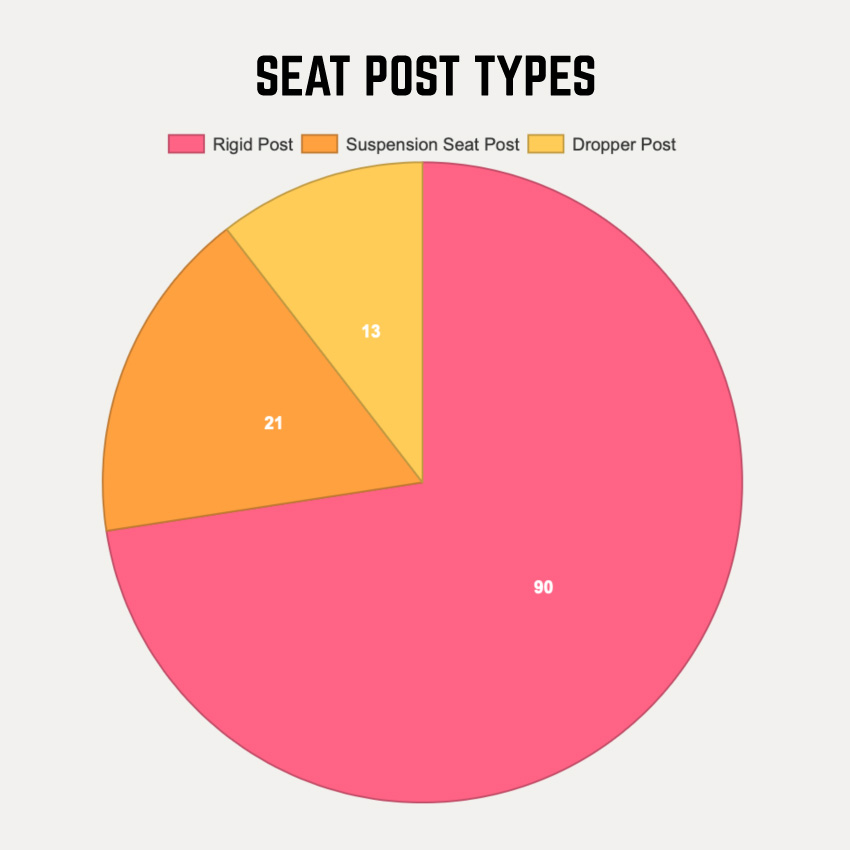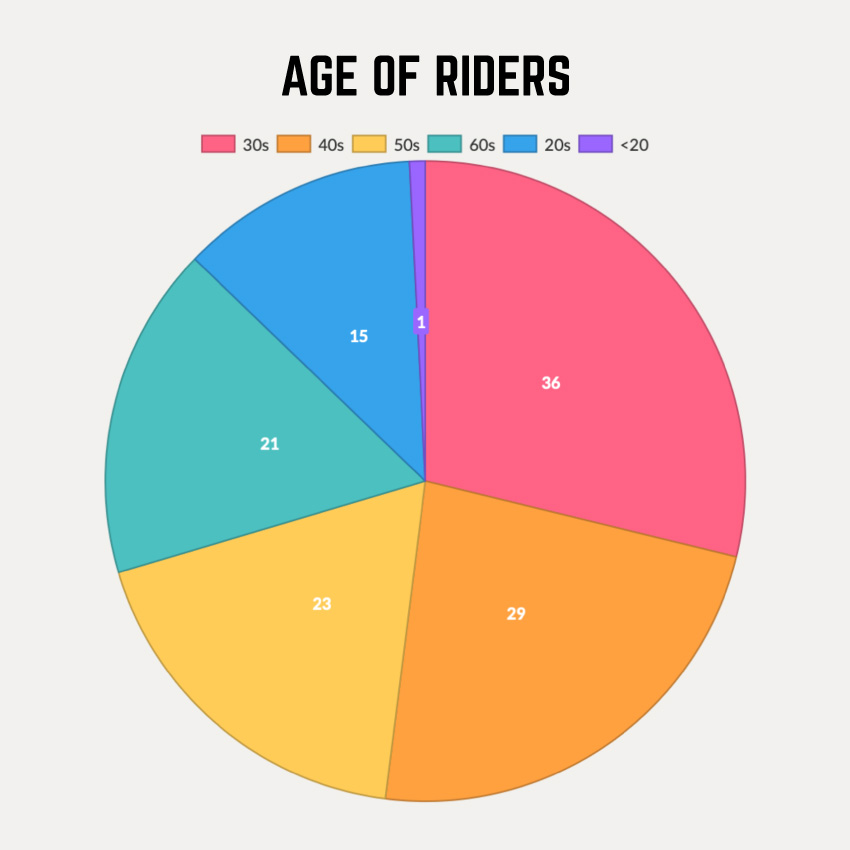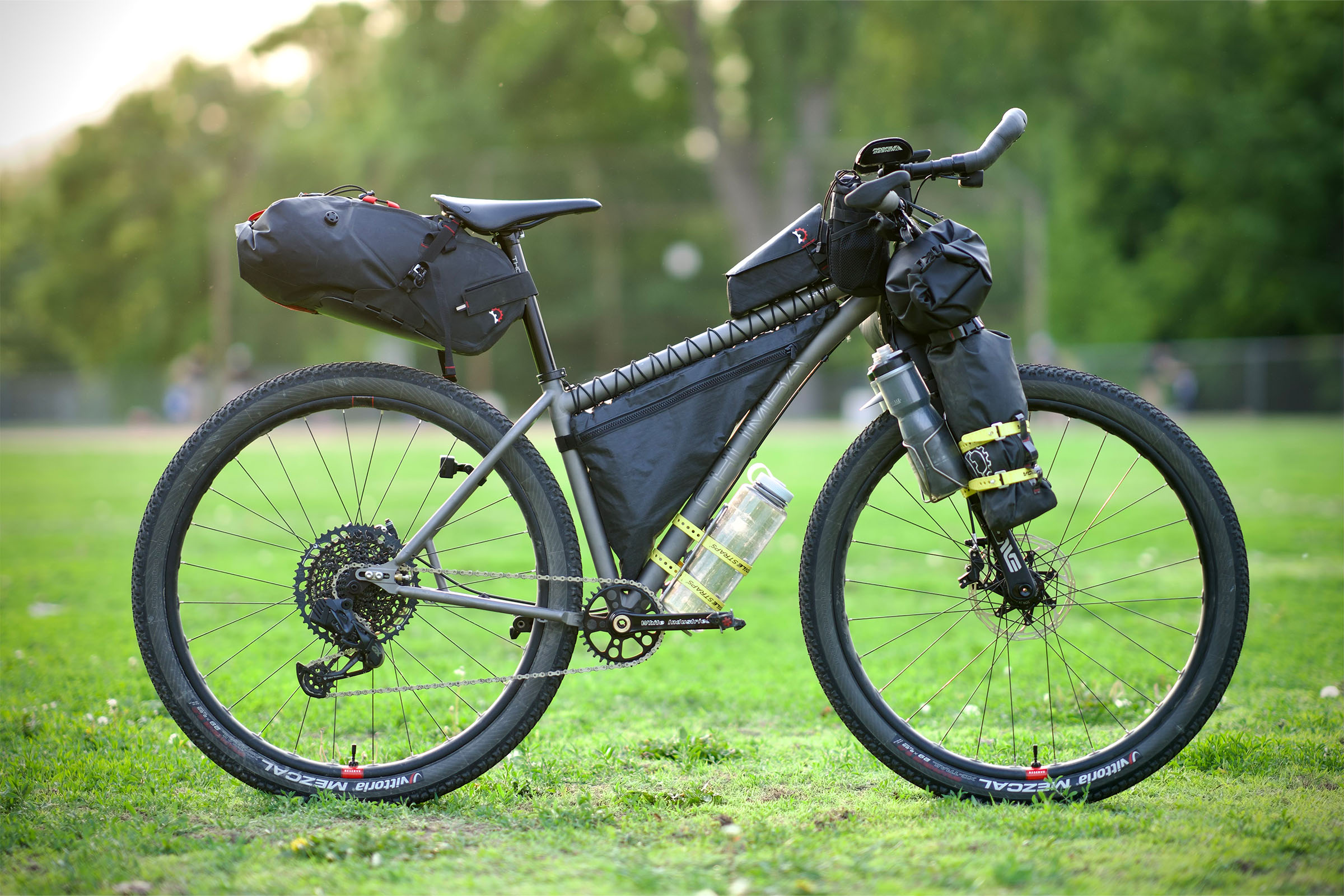2023 Rigs of the Tour Divide Breakdown: Stats Analysis…
Share This
Each year, we publish the Rigs of the Tour Divide, showcasing participants’ bike setups and gear. This time around, 124 folks submitted their kits for our two-part mega gallery. In this post and video, we dive into the stats and share some interesting findings from tire size to drivetrains and from types of seat posts to how many riders used racks. Find it all here…
It’s always fun to dig into the rigs of the Tour Divide. I originated the “Rigs of” series in 2014 on Bikepacker.com, and it continues today on BIKEPACKING.com. It’s so exciting to see all of the bikes and equipment used in these events. Some of them look brand new, and others have a little patina, but one thing is certain: each is entirely unique, making this race fascinating year after year. In this video, I unpacked some trends I found while scouring this year’s flat-bar and drop bar-rigs. Watch below and then scroll down for a written version, complete with pie charts to outline the stats.
Types of Bikes
Let’s start with bike type, as that’s how we separated our two “Rigs of” articles. We received 64 flat-bar rigs and 60 drop-bar rigs for the 2023 event. There was a broad sampling of bike brands in the flat-bar and drop-bar categories; among other brands, there were three Cannondales, three Surlys, four Specialized, four Otsos, four Chumbas, and seven Treks. Salsa Cycles again takes the cake with six flat-bar bikes and a whopping 26 drop-bar bikes, totaling 32 bikes or 25% of the field. Cutthroats were by far the most popular bike, with 22 folks riding them, followed by seven Salsa Fargos. If there is one thing that remains the same each year, it’s that the Cutthroat—which was specifically designed for the Tour Divide—is still the most popular bike by leaps and bounds.
The number of riders using suspension was also a pretty interesting metric to look at. Of the 64 flat-bar bikes, over half of them (33) have some sort of suspension fork, whereas only 14 (8%) of the drop-bar bikes had suspension forks. This is no surprise as stock hardtails usually come with suspension forks, whereas drop-bar bikes tend to come with rigid forks. There were also only three complete suspension bikes among this year’s rigs, and perhaps an interesting note: two gravel-specific forks that have very narrow tire clearance.
Tires and Tire Size
Those two bikes and two other rigs had tires at or under 45mm, and two others had 47mm Teravail Rutlands. That’s narrow for a route with a lot of chunky terrain. I should mention one of those bikes is the one shown above left, a classic fixed-gear, rim-brake bike from Adrian Stingaciu, aka Super Vegan, the third-place 2008 finisher and one of the riders in the “Ride the Divide” film that inspired so many of us.
Generally speaking, folks tend to stick to tires over two inches in width, as that extra volume and grip helps with the rough terrain, but it’s clear everyone has their own personal preference. Most of the tires seem to be 2.1, 2.2, and 2.35″ wide, and one thing that stood out was the Vittoria Mezcal party; I’m testing a set right now, and I’m enjoying them, but I had no idea they turned into the tire of choice for the Tour Divide. There are 32 flat-bar bikes running Mezcals and 31 drop-bar bikes with them, making that 63 out of the 124 total rigs using Mezcals; that’s over half the bikes with the same tire pattern, which is pretty wild. There were also 22 bikes with Maxxis tires, with most of them running Maxxis Ikons. But there were also some Mezcal/Ikon combos, which I always love to see. Another popular option was the Fleecer Ridge from Rene Herse; there were 14 of them in the roundup. Then there was a smattering of Teravail, WTB, Continental, and other brands. All but 11 of the bikes were 29″, and the rest were 27.5”. And there were only two bikes with 29 x 3.0 plus tires; even 2.6″ tires weren’t very common, with only three folks running them from what we can see in this year’s rigs.
Drivetrains
While not everyone stated their gearing, let’s get into some essential findings. Most of the bikes have a derailleur. In fact, every drop-bar bike was rocking a derailleur and gears. As for the flat bar bikes, there was more variation, with one Pinion gearbox, two Rohloff Speed Hubs, eight badass singlespeeders, and Adrien’s fixed-geared bike. Another notable finding was that 51 of the drop-bar bikes were 1x, with only 10 2x drivetrains and one 3x drivetrain in the mix. When I raced the Tour Divide a while back, I did it with a 34t chainring and an 11-42t cassette—this was before 12-speed drivetrains. The climbing gear was fine, but I was looking for more top-end speed, and if I were to race again, I would probably run a 2x variation with a 46-tooth chainring up front to accomplish that.
A few other interesting notes on drivetrains: I counted 33 folks who were using SRAM AXS wireless drivetrains, two of which were the new transmission. And to my surprise, I saw zero Di2 drivetrains, which is a shocker considering the limited battery life of one SRAM AXS battery vs. a Di2 battery. For what it’s worth, Mike Hall set the Tour Divide record on a Di2 drivetrain in 2016.
Overall, SRAM was by far the most popular brand of drivetrain with 77 folks using Eagle or another SRAM variation. Behind that, 34 rigs had Shimano groups, and one was using a Sensah derailleur among the group. One other bike had an Shimano rear derailleur and a Campy front. Either way, it’s wild to see that SRAM has become so popular, even though Shimano GRX was designed for gravel and dirt roads.
Aero bars, Racks, Bags, and Seat Posts
Aero bars are another popular talking point. Of the drop-bar bikes, 54 used an aero bar or arm rests attached to the handlebar. There were an additional 51 aero bars on flat-bar bikes. That makes roughly 85 percent of riders using aero bars. And when we talk about aero bars for an event like this, it’s not really to be aero, although it can help in times of high winds. It simply creates another riding position, and from my experience, it’s really enjoyable to get off your hands and put your weight on your forearms from time to time. I would certainly go this route again.
Bags are always an exciting part of these roundups too, and I love to see how many bikes have no true allegiance to one bag manufacturer. Out of the 124 bikes that were in our two “Rigs of” articles, only 13 stuck to one brand. And roughly half of those folks were sponsored by bike brands or had a relationship with the brand.
Thirty-nine of the rigs in the bunch were rocking some sort of rack, with 27 of them being a Tailfin Aeropack. There were also racks from Tumbleweed, Old Man Mountain, and other brands. Of the folks using racks, only six of them were also using dropper posts, which is the primary reason I tend to use a rack these days. Seven additional riders were using dropper posts with seat packs, making the total number of folks using dropper posts 13, which is pretty slim. It’s also worth mentioning that only two drop-bar bikes had a dropper. That said, there were a bunch of suspension posts out there: 21 total, with 13 Cane Creek Thudbuster os eeSilk posts and eight Redshift posts.
The Riders
Finally, let’s talk about the people who make this event so incredible. Back in 2008, 17 individuals started, and only eight finished. This year, more than 280 folks signed up to race, including 27 women, and as I mentioned, there were 124 who participated in these “Rigs of” articles. Of those participants, there are folks from all over the world, but the top five countries are as follows: three individuals each from France, England, Germany, and Belgium; five from Australia; eight from New Zealand; 21 from Canada; and 72 from the United States. Most of these folks are from Colorado (10), California (7), Minnesota (6), Wisconsin (4), and Oregon (4). It’s cool to see the Midwest representing.
And the best part of this is the age spread: the top age group for parts one and two of The Rigs of the Tour Divide was the 30s, with 36 people participating in that age range. That was followed by folks in their 40s, with 29 riders representing. Participants in their 50s were next with 23 folks, then the 60s with 21, followed by the 20s at 15, and just one 18-year-old. Next time you tell yourself you are too old to ride the Divide, look at these numbers—it’s pretty great to see that there are folks out pushing themselves at all ages.
We’d love to hear from you all about what statistics or variables stand out most to you or what you’d like to see next time. Let us know in the conversation below.
Further Reading
Make sure to dig into these related articles for more info...
Please keep the conversation civil, constructive, and inclusive, or your comment will be removed.






